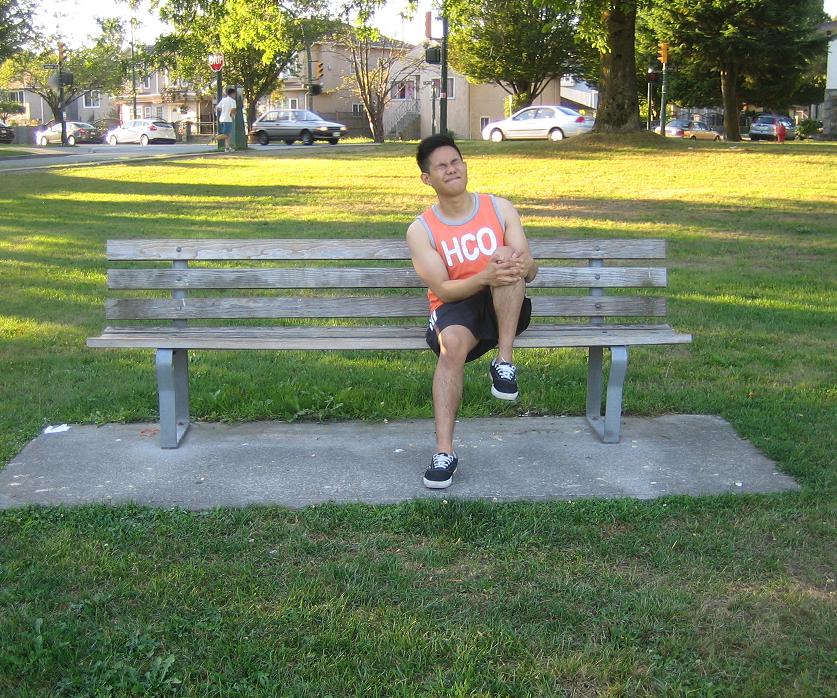A baker’s cyst is cysts filled with fluid that causes a bulge and a feeling tightness at the back of the knee. The pain becomes worse when fully flexing or extending the knee during activities. This condition is also called a popliteal cyst due to problems of the joints of the knee such as arthritis or a cartilage tear. These conditions cause the knee to produce excessive fluid and result to a baker’s cyst. Women are more susceptible to this condition.
Symptoms of baker’s cyst
- Swelling behind the knee that can worsen when standing up.
- Tightness or stiffness behind the knee
- Mild pain behind the knee and into the upper calf especially when bending the knee or straightening the knee all the way.
Swelling behind the knee that can worsen when standing up. - Sometimes the pocket of fluid at the back of the knee can tear open and drain into tissues of the lower leg and result to redness and swelling of the area.
Causes
- A direct blow to the knee
- Osteoarthritis caused by age-related “wear and tear” of the joints especially affects the hips, knees, big toe and the hands.
- Rheumatoid arthritis is caused by the immune system attacking the joints.
- Gout is a type of arthritis affecting the big toe due to accumulation of waste product uric acid in the blood.
Treatment
- Take plenty of rest especially the affected knee. Avoid performing activities that further worsen the condition.
- Apply an ice pack on the area. Wrap the pack using a towel before placing to the area for at least 10-15 minutes to reduce the discomfort and the swelling.
- Take the given over-the-counter medications such as ibuprofen and naproxen to lessen the discomfort and the swelling.
- Use a crutch, a cane or a walker to give support on the knee when walking around.
- Wrap the affected knee using an elastic bandage. Avoid wrapping it too tight to prevent problems with circulation. If the leg becomes numb, tingles or swelling below the bandage, loosen the bandage if it is too tight.
- Maintain a healthy weight; avoid becoming overweight to prevent excessive strain on the knee.
- A corticosteroid injection might be administered directly into the affected knee to lessen the inflammation and the swelling.
- The cyst sometimes ruptures or burst and cause severe pain in the calf and becomes swollen, red and tight. Rest and raise the affected area above the level of the heart to reduce the swelling. Take the prescribed pain medication, usually a combination of paracetamol and codeine to lower the pain.
FACT CHECK
https://www.medicalnewstoday.com/articles/184714.php
https://www.healthline.com/health/bakers-cyst
https://www.mayoclinic.org/diseases-conditions/bakers-cyst/symptoms-causes/syc-20369950

